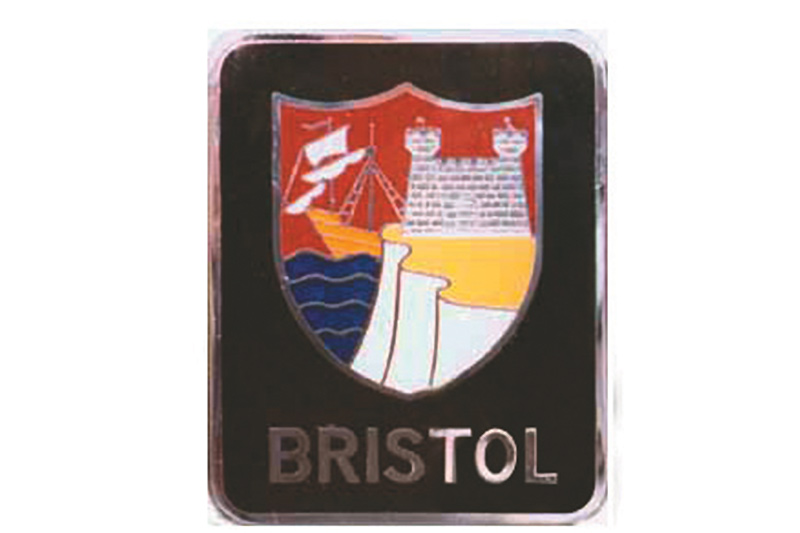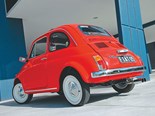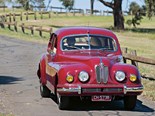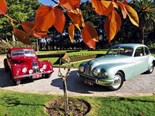Marques of Distinction - Bristol



|
Like many British armaments manufacturers, the Bristol Aircraft Company faced losing hundreds of highly-skilled employees as World War II hostilities drew to a close
First published in Unique Cars #292, Nov/Dec 2008
Instead, Bristol elected to apply the techniques of aircraft construction to motor vehicle manufacturing, creating a car that was based – ironically – on a pre-war BMW.
Bristol’s 400 was introduced in 1946 and powered by an engine that was virtually identical to the 2.0-litre BMW six-cylinder. Early cars had aircraft-style timber framing with steel and aluminium body panels. By 1949 when a restyled 401 version appeared, the entire body structure was made from aluminium over a steel tube frame.
Bristol quickly joined the ranks of British brands seeking to promote their prowess through motor sport. Its engines were supplied to several sports and competition car makers, including Cooper Cars, AC and US-based Arnolt. The Redex Special used by Jack Brabham in his earliest Grand Prix races was a Bristol-powered Cooper. Bristol also produced a series of oddly-shaped coupes that recorded consecutive class wins at Le Mans during 1954-55.
Throughout the 1950s, Bristol was known for its attractive and rapid Grand Touring cars but coined the term "executive express" for the 407 model that appeared in 1961 with a 5.2-litre, Chrysler V8-engine.
The mid-’70s brought an enlarged 5.9-litre V8, the first convertible in more than two decades, and total ambivalence towards the surging fuel prices that had sent other low-volume brands into oblivion.
| John Bowe review: 1951 Bristol 401

For 1980 the already potent Bristols gained a turbocharger and the company adopted evocative names in lieu of its traditional 4-series numbering system. In honour of its famous WWII war-bird, the turbo-boosted soft-top was renamed Beaufighter while the coupe became the Brigand.
The company’s current range includes three versions of the 5.9-litre, four-seat Blenheim, including a 3G model with twin LPG tanks housed on opposite sides of the boot in order to maintain ample space for the owner’s golf clubs.
Available only to special order are two very different and undeniably exclusive sports models. Based on a mid-’50s styling exercise, the Blenheim Speedster is described even by Bristol as retro but has been completely modernised and is capable of 270km/h.
The fastest Bristol ever made combines massive power from an all-aluminium Chrysler V10 engine with extraordinary styling and impeccable aerodynamics. In standard 410kW form, the Fighter coupe (pictured) is claimed to reach 338km/h and average 14l/100km. No performance figures have been published for the twin-turbocharged, 758kW version.
Unique Cars magazine Value Guides
Sell your car for free right here
Get your monthly fix of news, reviews and stories on the greatest cars and minds in the automotive world.
Subscribe

.jpg)







